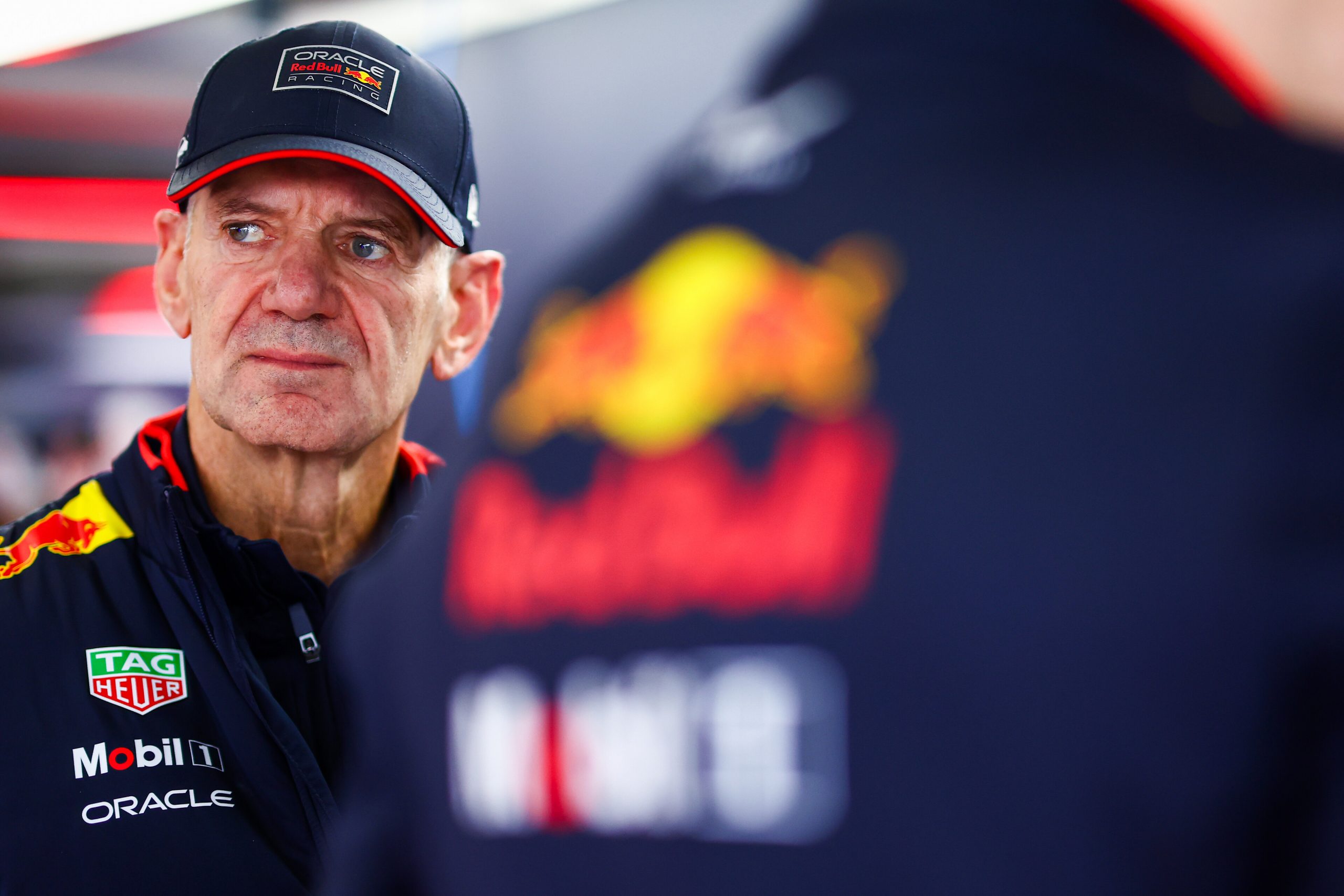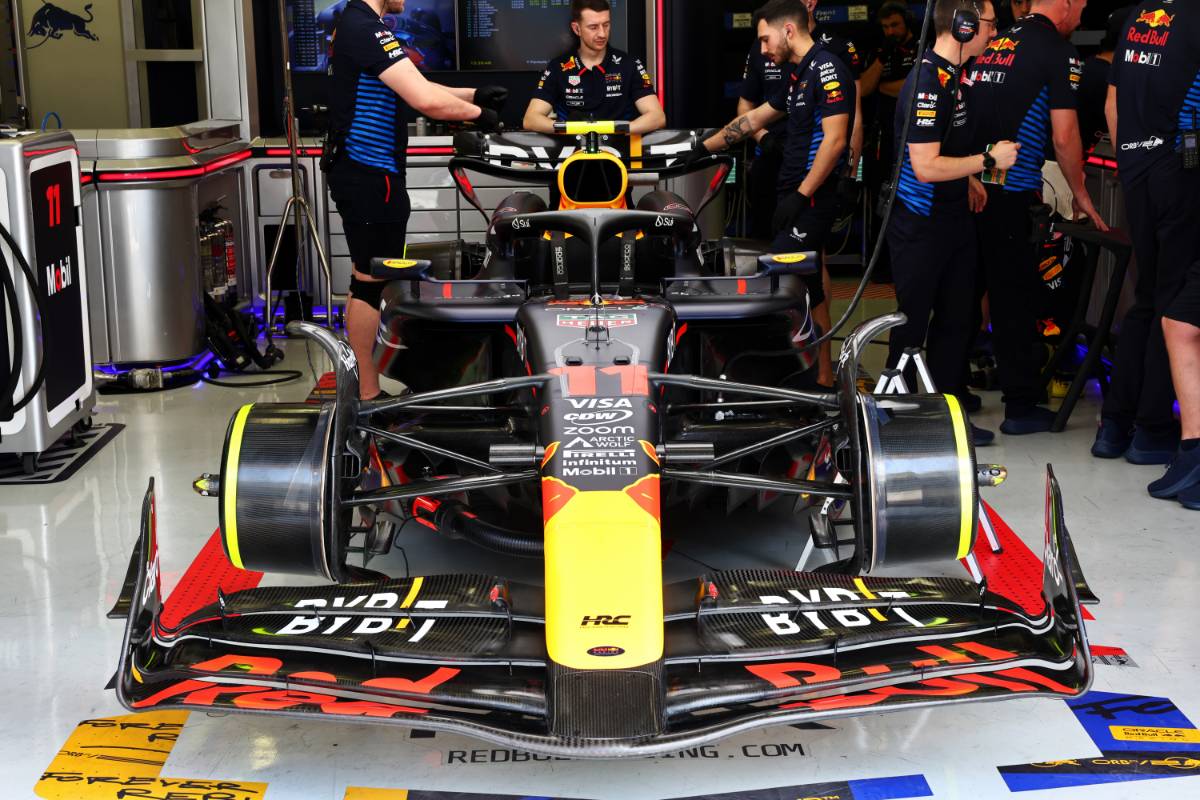Red Bull designer Adrian Newey believes that F1’s 2026 regulations will likely require a period of adjustment for teams and engineers due to the “strange” and unorthodox demands placed on power units.
F1’s manufacturers are currently immersed in the development of the next-generation turbo hybrid unit which will see power generation distributed evenly between the unit’s internal combustion engine and its battery element.
This heightened emphasis on energy recovery will pave the way for some potentially distinctive engine characteristics according to Newey.
Transforming the ICE into a generator may necessitate unconventional features, such as requiring it to operate at full throttle even in tight corners like Monaco’s hairpin.
“It’s certainly going to be a strange formula in as much as the engines will be working flat-chat as generators just about the whole time,” Newey told Autosport.
“So, the prospect of the engine working hard in the middle of Loews hairpin is going to take some getting used to.”
While F1’s power unit specifications have been set in stone, the sport’s 2026 chassis regulations are still in the process of being elaborated.
In a bid to compensate for the expected energy recovery deficit and to help overtaking, Formula 1 has opted to rely on active aerodynamics to ensure maximize downforce in corners and minimize drag on straights.
But this approach has equated to prioritizing F1’s engine rules and then attempting to fit the chassis and aero regulations around them.

©RedBull
It’s an unusual sequence – rooted in large part by the FIA and F1’s efforts to convince new manufacturers like Audi to join the fray, and one that has significantly complicated the creation of the chassis rules.
“I think that’s fair comment, and probably one that even the FIA would acknowledge – that only the engine manufacturers wanted this kind of 50/50 combustion engine with electric,” commented Newey.
“I guess it is what their marketing people said that we should be doing and I understand that: it’s potentially interesting because F1 can be a fast-track developer of technology.
“The problem potentially on the battery and electric side is the cost currently, certainly of electric motors to F1 standard, plus inverters and batteries. It is very high, but perhaps production techniques in the future will help to bring that down.
“The other problem is the battery. What we need, or what the F1 regulations need out of the batteries in terms of power density and energy density, is quite different to what a normal road car needs.
“And that in itself means that the battery chemistry, and possibly battery construction is different. So, there’s a risk that it won’t be directly road-relevant.
“But perhaps that’s not the key aspect anyway. The key aspect, certainly for the manufacturers although they will never admit it, is the perception of relevance in the showroom.”

On the topic of active aerodynamics, Newey fears that F1 will be challenged to find the optimal solution for 2026.
The FIA aims to finalize the 2026 aero regulations by the end of June and has been dedicating recent weeks to refining various design aspects.
However, further attention is required for the active aerodynamic components, particularly after certain teams encountered concerning issues during simulator tests, where the new cars proved to be virtually uncontrollable under full acceleration.
Efforts are now focused on developing a solution that achieves a more balanced aerodynamic profile throughout the entire car. This likely involves enhancing the movable elements on the front wing to complement the planned adjustments for the rear.
“I think it is going to be difficult,” admitted Newey.
“It is fair to say that the engine regulations were created and pushed through without very much thought to the chassis side of it, and that is now creating quite large problems in terms of trying to come up with a solution to work with it.
“But I think the one good thing out of that, is that it does promote efficiency. And I think anything that does that, and promotes that, has to be in line with what I said earlier: of trying to use F1 to popularise a trend.”
Keep up to date with all the F1 news via Facebook and Twitter
Newey foresees ‘strange’ new challenges with 2026 engines F1i.com.

















You must be logged in to post a comment Login